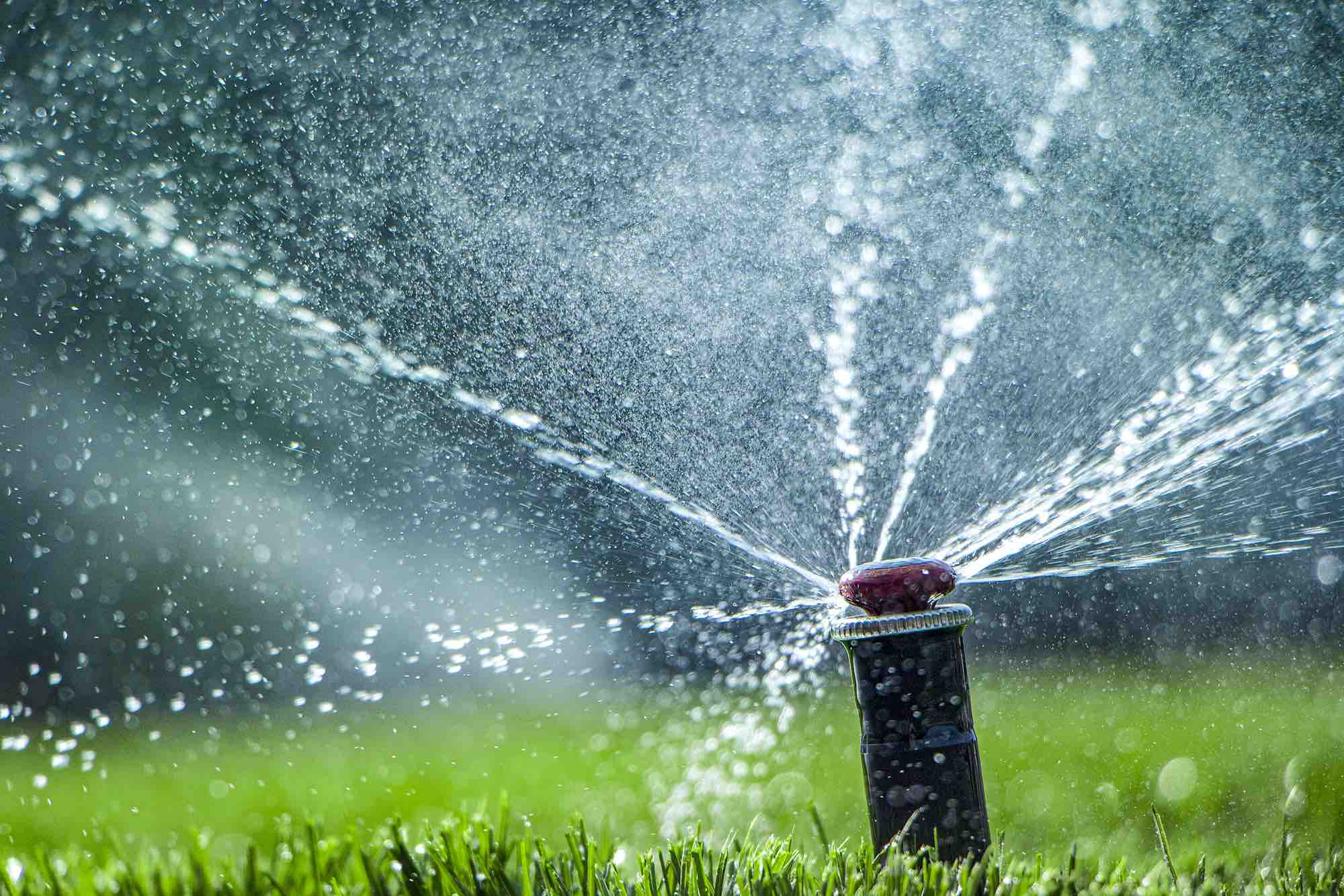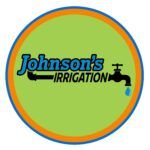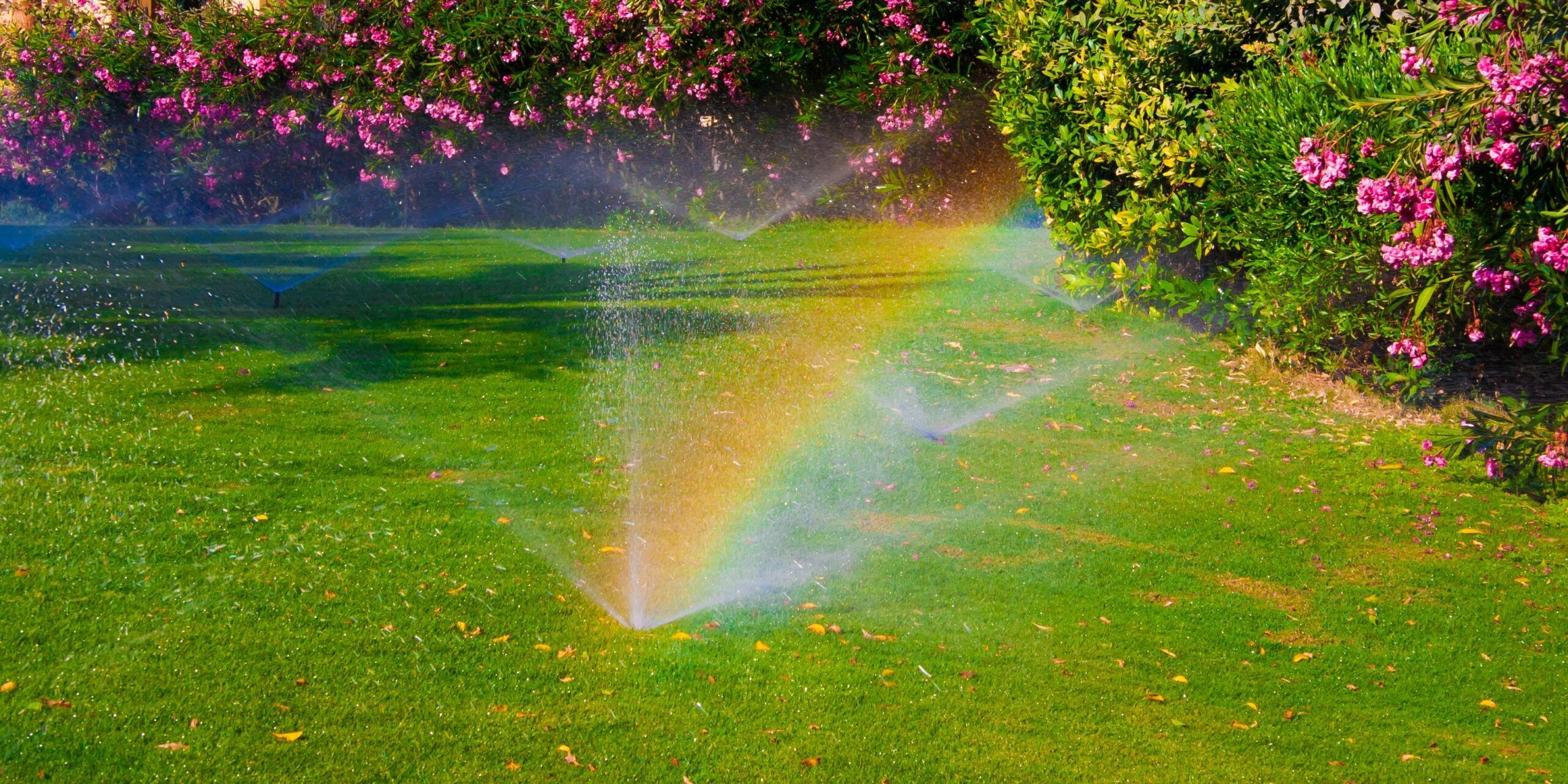
As each season ushers in distinct weather patterns, your irrigation system needs to adapt and evolve to maintain optimal performance. Neglecting seasonal maintenance could lead to inefficiency, system breakdowns, or even extensive damage. The secret to a healthy lawn all year round lies in understanding the intricate art of seasonal irrigation maintenance. Prepare to be enlightened as we delve deep into the ultimate guide on how to keep your irrigation systems functioning flawlessly throughout all four seasons. From countering winter’s harsh cold to battling summer’s scorching heat, we’ll reveal smart strategies that keep your garden green and thriving all year long!
To maintain the optimal functionality of your irrigation system throughout the year, it’s vital to implement a comprehensive seasonal maintenance routine. By following a checklist, you can ensure that your system remains in top shape, providing efficient and effective watering for your landscape. Let’s take a closer look at the essential tasks to include in your seasonal irrigation system maintenance checklist.
Start by checking the water pressure of your sprinkler heads routinely. Adjusting them as necessary will prevent overwatering or underwatering specific areas of your lawn or garden. Additionally, changing the sprinkler schedule based on the season is crucial, as different times of the year require different amounts and pressure of water.
Cleaning out your sprinkler heads regularly is another important step in preventing clogging and maintaining proper spray patterns. Removing any debris or dirt that accumulates ensures an even distribution of water across your landscape.
Additionally, it’s crucial to inspect and adjust the angles of your sprinkler heads when needed. This allows for adequate coverage and prevents water waste caused by overspray onto non-landscaped areas or hardscapes like driveways or sidewalks.
While routine maintenance is valuable, it’s also essential to keep up with scheduled maintenance appointments with professionals who can provide thorough inspections and address any potential issues promptly. Some may argue that these professional services come at an additional cost. However, investing in regular maintenance can save you from expensive repairs down the line.
Using smart irrigation tools can greatly enhance the efficiency of your system. Implementing sensor-based controllers or moisture sensors can help regulate watering based on weather conditions and soil moisture levels. This ensures that you’re not overwatering during periods of rain or when the ground is already adequately moist.
Finally, flushing the system annually should be part of your seasonal maintenance routine. Flushing helps push out any debris or dirt that may have accumulated in the pipes, preventing clogs and blockages that can disrupt the flow of water.
Now that we’ve covered the essential tasks for general seasonal maintenance, let’s focus on one specific aspect: winterizing your irrigation system to protect it during colder months.
As the winter season approaches, it’s crucial to prepare your irrigation system for freezing temperatures. Depending on your location, leaving the system as is can pose risks of water infiltrating into the lines through the heads or nozzles and potentially causing freeze damage. To avoid this risk, it is recommended to have your system winterized again.
Think of it like treating your irrigation system like a car. Not using a car for a year can cause problems when you try to start it. Similarly, not using the irrigation system properly or neglecting its maintenance during the winter months can lead to issues when you try to fire it up again in the spring.
One issue that can arise from leaving the system winterized is that the turf may grow over the heads, making it difficult to find and remove them. By inspecting and adjusting the system as necessary during this time, you can ensure its proper functionality when needed.
Additionally, blowing out your irrigation system with compressed air is suggested as part of winterization maintenance. This process removes any remaining water from the pipes to prevent freezing and potential damage.
While there may be a cost associated with maintaining and using your irrigation system throughout the year, it is crucial to keep it in good working condition. By investing time and effort into proper seasonal maintenance and winterizing, you can extend the lifespan of your system while optimizing its efficiency and performance.
Spring marks the beginning of renewed growth and vibrant landscapes. It’s also an ideal time to ensure your irrigation system is in optimal condition before the watering season kicks into full gear. Here are some essential steps to prepare your system for spring:
First, inspect your irrigation system thoroughly. Check for any visible leaks, broken sprinkler heads, or damaged pipes. Make repairs as necessary to prevent water waste and ensure proper functioning.
Next, clean out any debris or dirt that may have accumulated in the sprinkler heads and filters during the winter months. Flushing the system at the beginning of the season helps push out any debris or dirt in the pipes, enhancing water flow and preventing clogs.
Adjusting sprinkler head angles is another crucial step. Different areas of the lawn may require different amounts and pressure of water. Evaluate your landscaping needs and adjust the sprinkler head angles accordingly to achieve optimal coverage and avoid excess water runoff.
Furthermore, consider scheduling routine maintenance with a professional irrigation service provider. They can perform more in-depth inspections, identify potential issues early on, and provide expert advice on optimizing your system’s efficiency.
Remember, attending to these tasks in advance will bring peace of mind knowing that your irrigation system is ready to deliver efficient watering throughout the growing season.
As summer brings warmer temperatures and increased evaporation rates, it becomes essential to fine-tune your irrigation system accordingly. Making the necessary adjustments will help maximize water efficiency and keep your landscape healthy. Here are some key summer system adjustments to consider:
Regularly check and adjust your sprinkler schedules based on seasonal weather patterns and plant water requirements. As temperatures rise, plants generally require more water than during cooler seasons. Be mindful of drought conditions in your area and be prepared to conserve water when necessary.
Pay attention to the water pressure of your sprinkler heads. Well-maintained irrigation systems use up to 15% less water. Routinely check the water pressure to ensure it falls within the recommended range for your specific sprinkler model. Adjustments may be needed to prevent overwatering or inadequate coverage.
Consider using smart irrigation tools for improved efficiency. Wi-Fi-enabled controllers can automatically adjust watering schedules based on local weather data, soil moisture levels, and plant needs. These automated systems can optimize water usage and reduce waste without sacrificing the health of your landscape.
Lastly, take advantage of the summer months to regularly inspect and clean your sprinkler heads. Remove any debris or obstructions that may impede proper water distribution. Regular cleaning helps maintain optimal performance and prevents blockages that can lead to uneven watering or damaged components.
By implementing these summer system adjustments, not only will you save water and reduce utility costs, but you’ll also ensure your plants thrive in the heat while minimizing potential issues associated with over or under-watering.
Regular inspections and small adjustments are essential to ensure the optimal performance of your irrigation system. By conducting weekly checks, you can identify any potential issues early on and make the necessary adjustments to maximize efficiency. Start by examining the sprinkler heads to ensure they are not blocked, damaged, or misaligned. This can be done by observing the water spray pattern and checking for any leaks or clogs. Adjusting the sprinkler heads’ direction and angle will help cover the intended areas without wasting water on sidewalks or driveways.
Additionally, assess the water pressure in your system regularly. Proper water pressure ensures that each sprinkler head distributes water evenly across the landscape. If the pressure is too high or too low, it can lead to inefficient watering and potential damage to your plants. Utilize a pressure gauge to measure and adjust the pressure accordingly.
For instance, let’s say you notice that one area of your lawn appears drier than others during your weekly inspection. Upon further examination, you find that a particular sprinkler head is not spraying water properly due to a clog. By promptly unclogging the sprinkler head, you can rectify this issue and ensure all areas of your lawn receive adequate irrigation.
Remember, consistency is key when it comes to maintaining your irrigation system. By incorporating these weekly inspections into your routine, you can proactively address any minor problems before they become larger and more costly issues.
Now that we have covered the importance of weekly inspections and adjustments, let’s move on to another crucial aspect of seasonal maintenance – quarterly system cleaning and protection.
In addition to regular inspections, performing quarterly cleaning and protection measures will help keep your irrigation system in top condition throughout the year. Over time, sediment, debris, and mineral deposits can accumulate within pipes and fittings, potentially hindering water flow and affecting overall efficiency. Therefore, it is vital to flush the system periodically to remove any build-up and ensure smooth water circulation.
Flushing the system involves opening specific valves or using the blowout method to forcefully push out debris or dirt that could be obstructing the pipes. By doing so, you can enhance water flow, prevent clogs, and extend the longevity of your irrigation system.
Furthermore, protecting your system from freezing temperatures during winter months is crucial for its overall health. Ensure all exposed pipes are insulated or wrapped with heat tape to prevent freezing and potential damage. Disconnecting hoses and storing them in a protected area will also minimize the risk of cracking due to freezing water.
By including quarterly cleaning and protection as part of your maintenance routine, you can proactively address any potential issues that may arise and protect your investment in the long run.
Proper maintenance of your irrigation system is vital to ensure its longevity and efficient water usage. Here are some essential tips that will help you keep your irrigation system in optimal condition and maximize its effectiveness.
1. Routine Check-ups: Regularly examine your sprinkler heads, valves, and pipes for any signs of damage or wear. This includes checking for leaks, clogs, or broken components. Addressing these issues promptly can prevent water waste and ensure even distribution across your lawn or garden.
2. Adjust Sprinkler Schedule: Adjust your sprinkler schedule based on the changing seasons and weather conditions. During cooler months, reduce watering frequency to avoid overwatering. Conversely, during hotter periods, increase the frequency and duration of watering to compensate for increased evaporation rates.
3. Winterize the System: Before the onset of freezing temperatures, it’s crucial to winterize your irrigation system properly. This involves draining all the water from the pipes to prevent freezing and potential damage. If left unattended, frozen water can cause pipes to burst and result in costly repairs.
Imagine neglecting to winterize your irrigation system, only to discover burst pipes once spring arrives – a frustrating situation that could have been prevented with proper maintenance.
4. Cleaning Sprinkler Heads: Over time, sprinkler heads can accumulate dirt, debris, or mineral deposits that obstruct their function. Regularly cleaning the heads and ensuring they are free from blockages will allow for consistent water flow and optimal coverage across your landscape.
5. Smart Irrigation Tools: Consider utilizing smart irrigation tools to enhance efficiency and precision in watering your lawn or garden. These tools use sensor technology to assess factors like soil moisture levels, weather forecasts, and evapotranspiration rates. By incorporating real-time data into their operation, they provide more accurate and efficient watering.
6. Annual Flushing: Flushing your irrigation system annually helps clear out any accumulated debris or sediment in the pipes. This ensures that water flows freely without obstructions and prevents blockages that may affect the system’s performance.
Imagine discovering diminished water flow due to clogged pipes, which could have been prevented with simple annual flushing of the system.
7. Consider Upgrades: Evaluate whether your irrigation system could benefit from upgrades or advanced features. Upgrading to more energy-efficient components or incorporating smart control systems can improve water conservation efforts and provide additional technical benefits.
For instance, upgrading to a smart control system allows you to monitor and adjust your irrigation settings remotely, optimizing water usage based on real-time data and reducing waste.
By following these essential maintenance tips, you can ensure that your irrigation system operates efficiently, minimizes water waste, and keeps your landscape healthy and vibrant throughout the year.
Don’t let irrigation issues ruin your beautiful Shreveport landscape. Schedule regular maintenance with the experienced professionals at Johnson Irrigation and Outdoor Lighting and let our team address necessary repairs promptly to keep your lawn looking its best. Call us today at (318) 218-2222.




Shreveport, LA 71106
COPYRIGHT © 2021 – 2023 JOHNSON IRRIGATION AND LIGHTING. ALL RIGHTS RESERVED | PRIVACY POLICY | TERMS & CONDITIONS